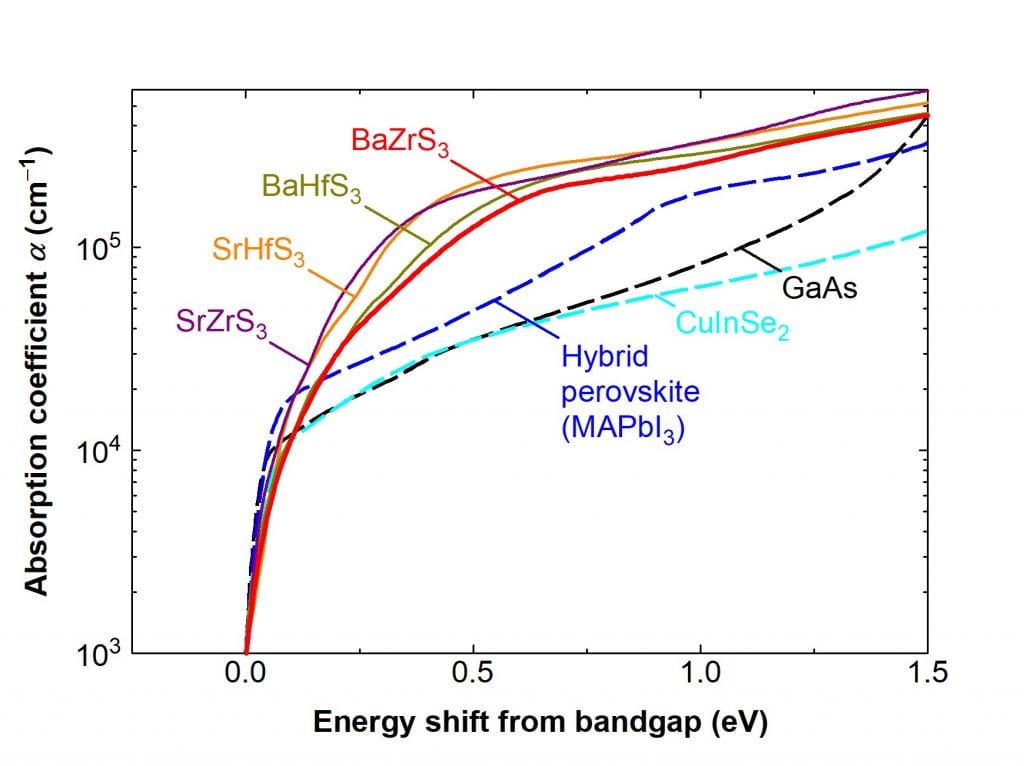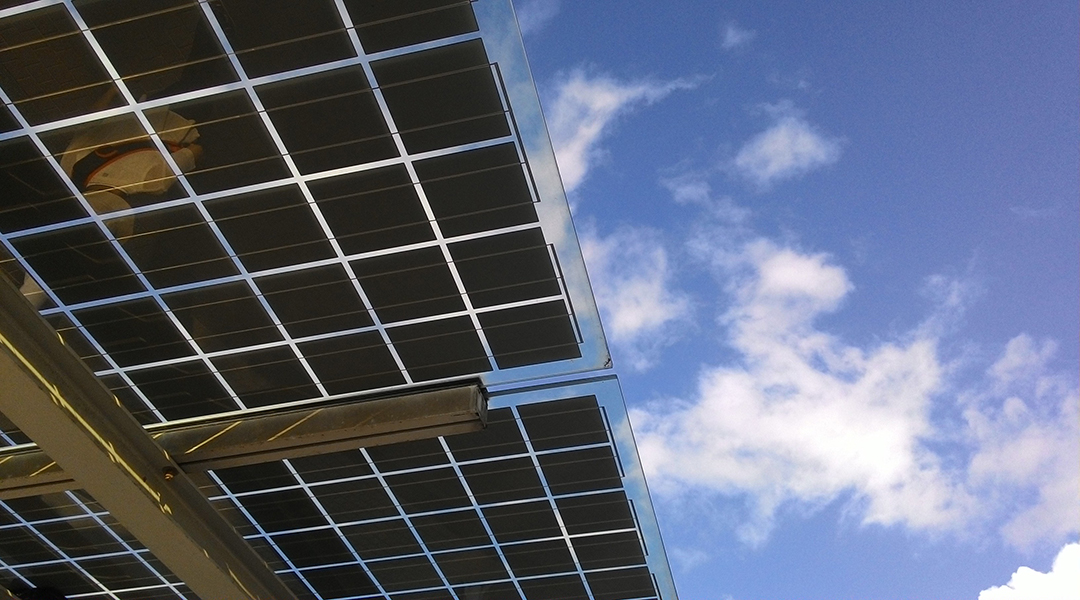Currently, there is strong concern regarding global climate change that will impact — and already is doing — all living species on the Earth. To prevent the creation of a so-called “hot Earth” and meet the requirements of the Paris Agreement, clean energy sources need to be used and developed more than current levels. Hence, there are high expectations related to the development of low-cost solar cell modules.
At present, crystalline silicon (Si) is a representative solar cell material, accounting for a share of over 90% of the various types of solar panels. Nevertheless, reduction in the cost of Si solar panels is now becoming slower as the conversion efficiency of them is reaching its theoretical limit. For realizing drastic cost reductions in generating renewable solar power, research into finding new solar cell materials is in progress.

In recent years, a major breakthrough was achieved in solar cell research – the realization of high conversion efficiencies in hybrid perovskite solar cells. A perovskite is a crystal structure having simple cubic symmetry, and hybrid perovskites consist of organic cations and inorganic cage structures.
Quite remarkably, even though a half century was required for Si solar cells to reach a 26.7% conversion efficiency, only a decade was sufficient for developing hybrid perovskite solar cells with similar efficiencies. However, hybrid perovskites are intrinsically unstable, showing rapid phase transformation under light illumination, and heat (~100°C) and air exposure. Moreover, for large-area applications, the presence of toxic lead atoms in hybrid perovskites is quite unfavorable.
In an attempt to seek alternative perovskite materials, our research team at Gifu University along with Professors Hidenori Hiramatsu and Hideo Hosono of Tokyo Institute of Technology have conducted new research on chalcogenide perovskite materials. Chalcogenide represents group-VI atoms, such as sulfur and selenium, and the chemical formula of chalcogenide perovskites is expressed simply as ABS3 (A indicates an alkali earth metal and B an early transition metal).
In our work published today in Solar RRL, we have reported the fabrication of chalcogenide perovskite alloys, containing BaZrTiS3, to adjust the band gap to an appropriate value (~1.6 eV). This material shows great potential with an impressive theoretical maximum conversion efficiency of 38% in a perovskite/Si tandem solar cell architecture.
Prior to this fabrication, we also reported that all chalcogenide perovskites, such as BaZrS3, SrZrS3, BaHfS3, and SrHfS3, show extraordinarily strong light absorption with light absorption strength (absorption coefficient) exceeding 105 cm-1, which is far higher compared to all existing solar cell materials.
Such remarkable light absorption characteristics allow the formation of ultra-thin solar cells, enabling easy collection of photo-generated carriers (i.e., electrons and holes) and increasing the resulting conversion efficiency. Theoretical calculations successfully explain that quite strong light absorption observed in the chalcogenide perovskites originates from unique sulfur orbitals formed by the perovskite structures.
These chalcogenide perovskite materials, which consist of only non-toxic elements, are quite stable, and the superior optical properties of these materials uncovered by our team will significantly impact future research on solar cell devices. For realizing the chalcogenide-perovskite solar devices, the development of a proper thin-film formation technology is crucial. With such a processing technique, a mass-production of solar panel can be achieved.
Kindly contributed by Prof. Hiroyuki Fujiwara at Gifu University.

















